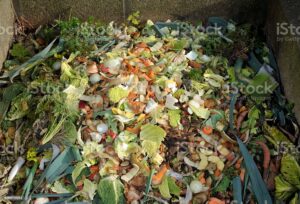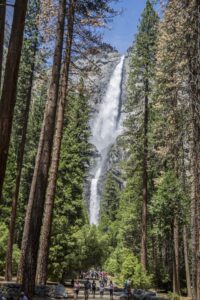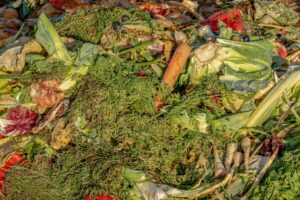
A CALL TO ACTION
Welcome to our EARTH SAVERS webpage. AADC is committed to supporting environmental awareness. Each month author Jody Brady gives us information and tips on how to be more friendly to the environment. Your comments and tips are welcome. Scroll down if you would like to comment. Comments are curated and may not appear immediately.
February 2023
Food For Thought

If we care about protecting our Earth, we need to be aware the world’s existing food systems. Earth’s food systems need to be modified, and soon! What is a “food system.” This term refers to the production, processing, and distribution of food throughout the world. The way in which each individual purchases food, as well as the eating habits of each individual play a strong role in these systems. If we want to improve things, we need to adjust our own purchasing and eating habits.
Today’s food systems have terrible flaws. One in seven people today still do not have access to sufficient food. How ironic that another one in seven people today is over-fed.
Unfortunately, the true goal of the global food systems is profit. Because of this profit motive, food systems are responsible for a full one-third of greenhouse gas emissions. Food systems are also a key driver of deforestation. They strongly contribute to the loss of many life forms, contributing greatly to the risk of extinction of more than 28,000 species. Only recently has this become an issue at global environmental meetings.

The question is this: how much forest land has been destroyed to be replaced by agriculture? In an effort to understand this, researchers studied seven different food products were studied. The seven products studied were:
Cattle
Palm
Oil
Soy
Cocoa
Rubber
Coffee
Together these seven products share responsibility for 57 percent of tree cover loss. This is important because as trees grow, they absorb and store the carbon dioxide emissions that contribute to global warming.
Raising cattle is the major offender. Cattle emissions account for 36 percent of tree loss. These are followed closely by the other six products. In all, these seven products alone, account for 57 percent of all tree cover loss due to agriculture between 2001 and 2015. This affects climate change and food insecurity.
What can I do?

As individuals, we can reduce food waste at home. Private households in the U.S. are responsible 39 percent of food waste, more than restaurants, grocery stores, or farms. Private households produce twice the emissions of commercial aviation. We need to change our habits.
Buy Less – Shop With a Plan – Create Meal Plans – Freeze Left-Overs
The production and transportation of food that doesn’t get eaten is a major part of food’s carbon footprint. In addition, when food rots in landfills, it generates methane, a greenhouse gas far more potent than carbon dioxide. Let’s all take the pledge to buy more carefully and waste less.
What else can I do?
Plant a tree. Food systems are hard to change, but the damage they do to trees can be reversed by everyone making planting trees a priority. As trees grow, they absorb and store the carbon dioxide emissions that are causing the earth to heat. Many researchers believe restoring forests is overwhelmingly the most powerful solution to climate change. Studies show that worldwide, trees could absorb two-thirds of all harmful emissions.

Another important effort is to replace damaged or dead trees. If you know people that lost trees due to recent fires, the US. Department of Agriculture has a Disaster Assistance Emergency Forest Restoration Program. This program can help to restore the same trees that were lost.
Air travels! It’s a global problem. We need global solutions. If you can’t plant – donate to an organization that plants.
Previous Earth Saver Pages
January 2023 – New Year’s Resolutions
December 2022 – An Earth-friendly Holiday Season
November 2022 – Buy Used to Help the Earth
October 2022 – Use Less Energy
September 2022 – Use Less Plastic
August 2022-Ten Ways to Help Our Earth